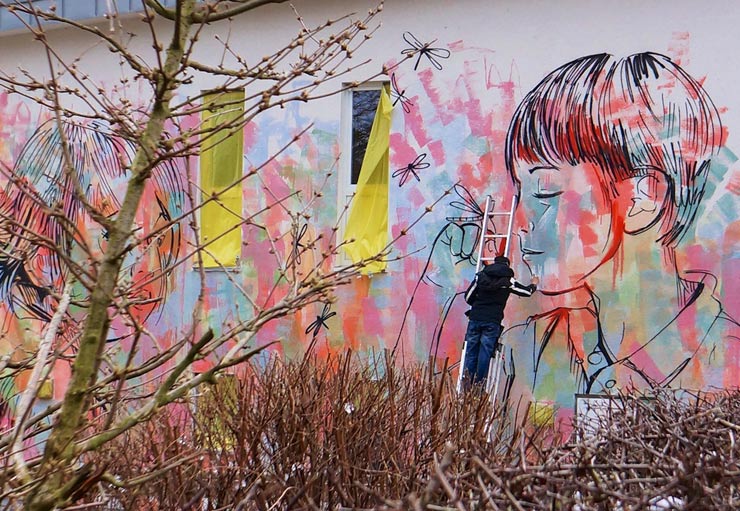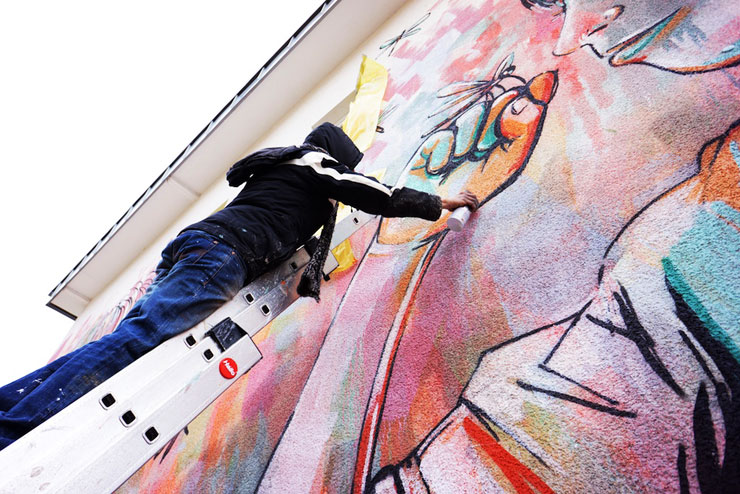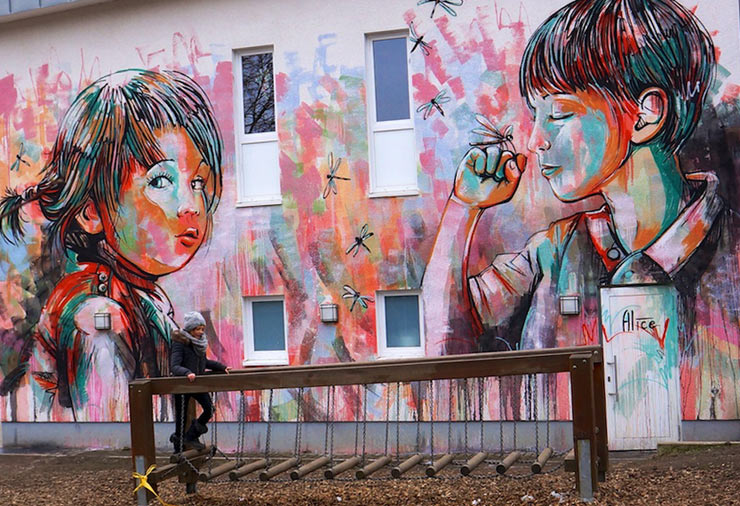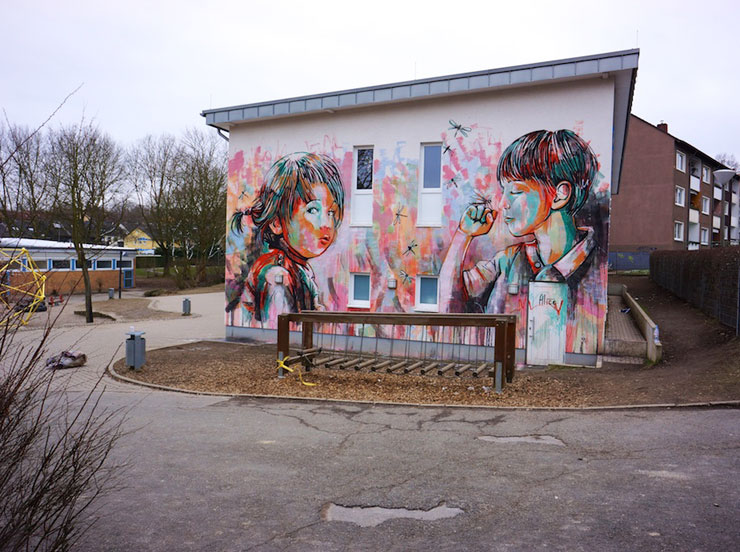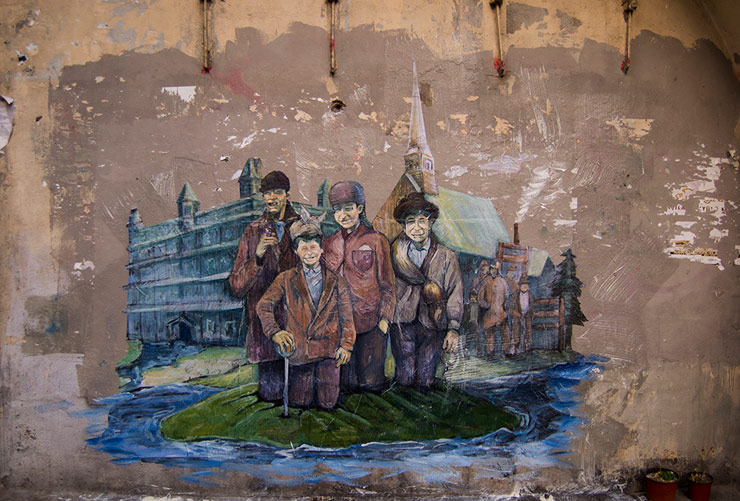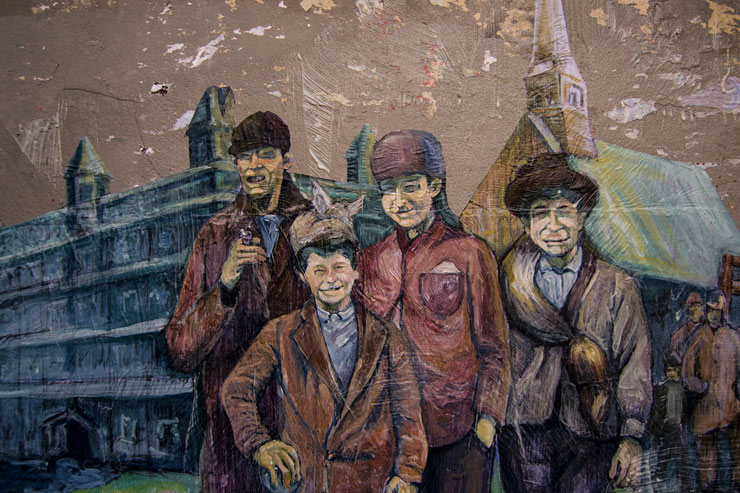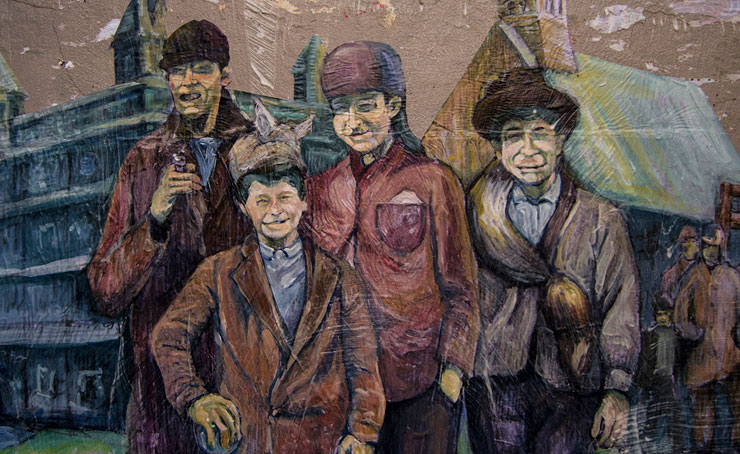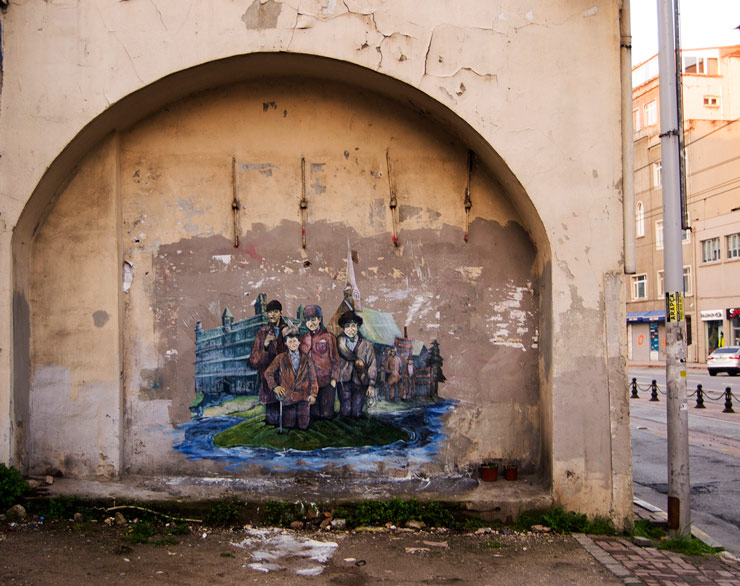“Nature is a petrified magic city.”
With apologies to Novalis, this magic city of New York is too alive to be considered petrified – unless you are talking about being petrified by the sight of five rats on the subway tracks while you wait for the M train.
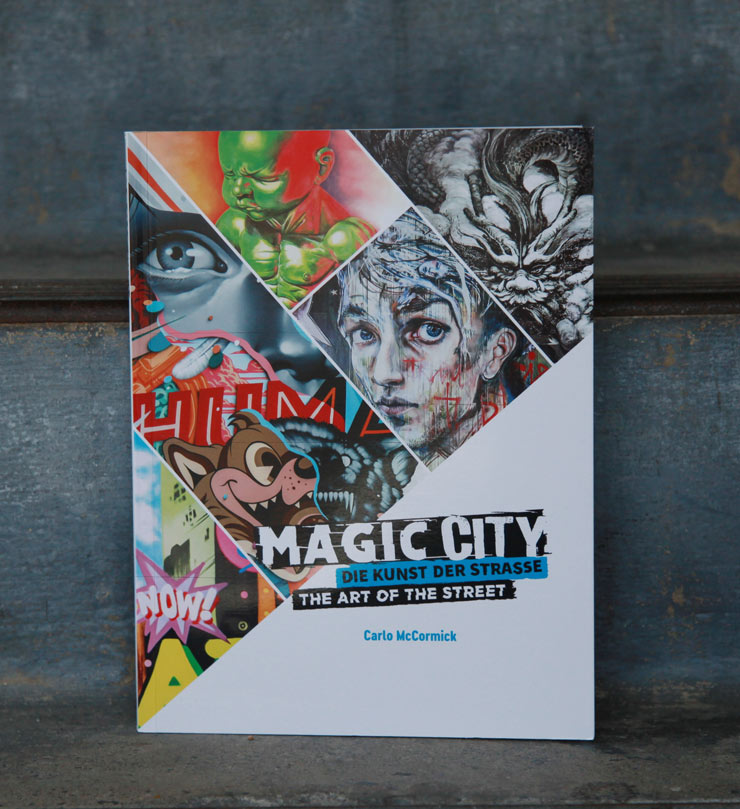
Carlo McCormick. Magic City: The Art Of the Street. From Here To Fame Publishing. Berlin 2017
“New York has more artists than rats,” Carlo McCormick once told us at a gallery opening a few years ago, with a glint of mischief in his eyes, which is often there. Since that time the greedy dullard named “Gentrification” has been pushing so many creative types out of NYC that the artist/rat ratio has been surely swinging in the rat population’s favor.
The art and culture critic McCormick writes about the ubiquity rats in his new book MAGIC CITY, a catalogue for the traveling European exhibition of the same name just published by From Here to Fame Publishing under the guidance of editor Don R. Karl. Rats, McCormick writes, have appeared in many Street Art pieces during the last few decades; dropping names of seminal figures like Blek Le Rat, whose rats allegedly influenced Bristol’s Banksy, among others like eco-artist Christy Rupp, who wheat-pasted the long tailed critters on New York walls in the late 1970s and Ivar Vics, aka “Dr. Rat”, an early graffiti writer in Amsterdam.
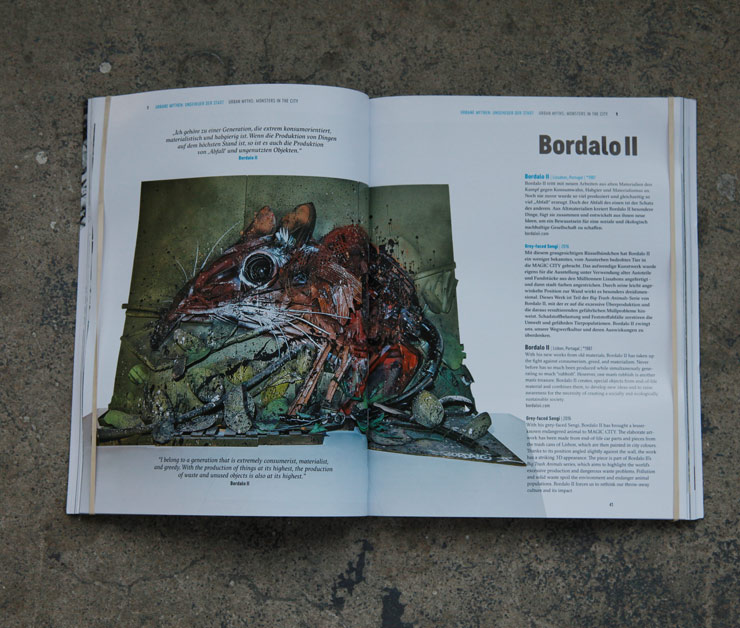
Carlo McCormick. Magic City: The Art Of the Street. From Here To Fame Publishing. Berlin 2017
The 40+ strong artist lineup for this show that just moved from Dresden to Munich and that will open in Stockholm this autumn includes artists from across a spectrum of disciplines and backgrounds and influences: a survey that includes early NYC graffiti train writers like DAZE and photographers who captured them like Henry Chalfant and Martha Cooper – to modern muralist Street Artists like ROA and Tristan Eaton, to illusionists like Leon Keer and Odeith, to head-scratching interventionists like Dan Witz and Brad Downey and social/political activists like Icy & Sot and Ganzeer.
Full disclosure: BSA was invited to curate the film program for MAGIC CITY and Jaime Rojo is one of the featured artists in the show with a children’s trail of his photographs as well as a section of his photography focusing on street sculpture. We’re proud of our involvement and thankful for the opportunity to share what we have learned with visitors.
The well-designed and easily accessible book gives ample overviews and concise descriptions of the artists, the work, their relevance to an ever-evolving urban art scene, and of course savory writings by McCormick with essays by Amber Grunhauser, Biancoshock, and journalist/filmmaker Annie Nocenti, whose writing is featured extensively throughout the entire exhibit as well.
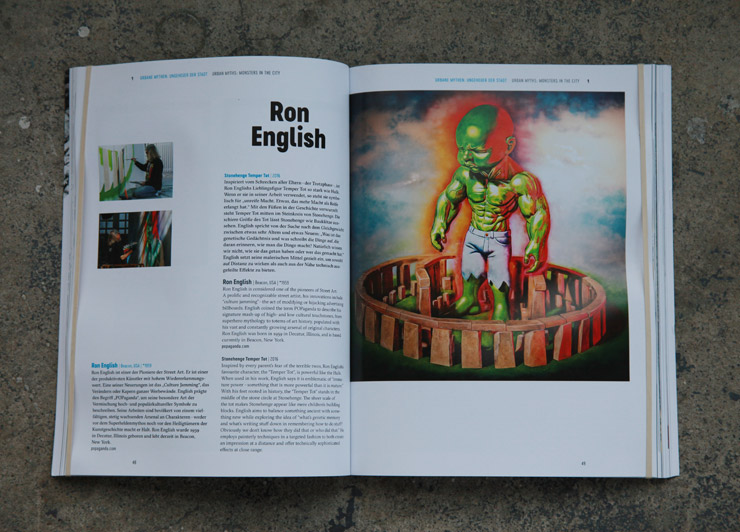
Carlo McCormick. Magic City: The Art Of the Street. From Here To Fame Publishing. Berlin 2017
“The urban landscape is the physical manifestation of humankind’s uneven, uneasy, and even unhealthy relationship with nature,” begins McCormick in “Interventions”, one of the many essays throughout that bring into focus the various art practices at play in the man-made public environments that people traverse daily.
With historical reference and straight-up knowledge delivered with a wizard’s finesse and a sharp dry gin humor, he leaves you with an inescapable sense that you have been missing a great deal in the experience of your own city every day. Critique, mystery, discovery; It’s more than information, it’s a way of seeing.
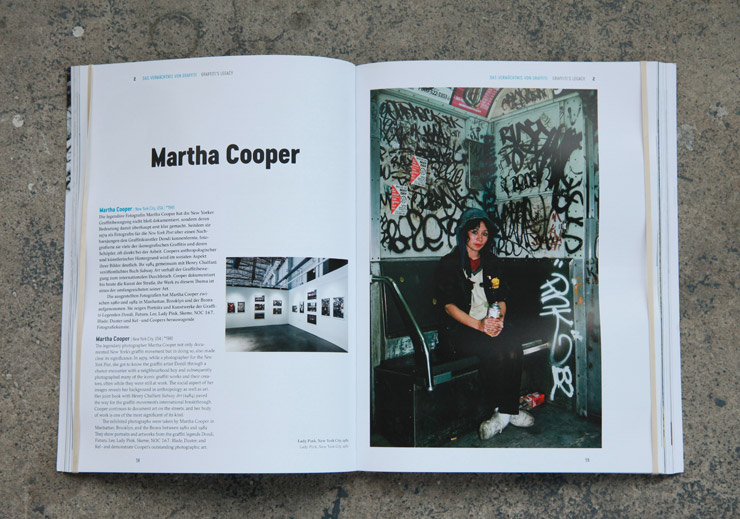
Carlo McCormick. Magic City: The Art Of the Street. From Here To Fame Publishing. Berlin 2017
For the seer McCormick the messages are coded, the dialogue welcomed, the right of contesting public space assured. As curator and writer his reach is necessarily wide, yet his is also discerningly focused where it needs to be. By now we have grown accustomed to his innate talent for winnowing down to the pertinent and quietly powerful voices which give foundation to the whole, telling us that much more is possible on the street – and that we should expect it.
The fact that Director of SC exhibitions Christoph Scholz, who writes the introduction, embraces the street credo of ongoing reinvention and the ephemeral qualities of this broad practice of art-making speaks to Carlos’ ability to paint these complex concepts with words – as well as Scholz’ Spiderman sense of the pulsating rhythms that stir just below an audiences consciousness, leaving their synapses sparking.
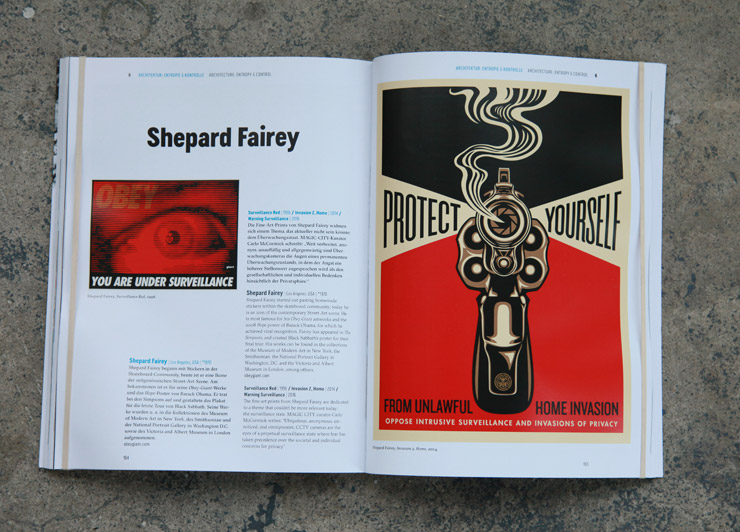
Carlo McCormick. Magic City: The Art Of the Street. From Here To Fame Publishing. Berlin 2017
The roots of these forms of expression are said to be activist, even anarchist, as least subversive. To see many of these MAGIC CITY practitioners today lauded and their messages magnified in a traveling family-friendly exhibition means that sometimes we witness the flashpoint when subculture becomes the culture, by dint of its pure industry – and possibly because good ideas are good ideas and they resonate far and deep.
But presenting a truly alive and contemporary art-making scene inside a formal exhibition space is rife with landmines, any curator will tell you. Straddling, or perhaps surfing, across this ocean of practices, dichotomies, factionalism, political/social movements, territorial piss fights, accusations of cultural appropriation, and the ongoing turmoil of the commodifying forces that shape our perception of a global grassroots art-making movement – all these make putting together a show, at best, a somewhat harrowing task and appropriate for those with a steel stomach.
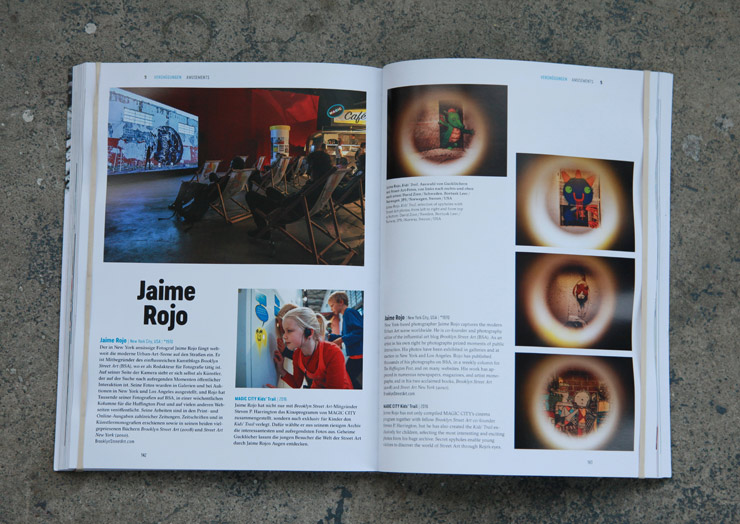
Carlo McCormick. Magic City: The Art Of the Street. From Here To Fame Publishing. Berlin 2017
Thankfully, McCormick also has steel-toed boots – good for walking and perhaps kicking ass if that seems appropriate, backed as he is with academic erudition, street cred, and that insouciant punk rock adoring stare that intones, “Talk all you want, this music is so loud that I can only see your raging eyes and your bloodied lips moving, darling. Kiss me.”
In his introduction, McCormick says, “Like the art it features, MAGIC CITY is a zone of unexpected encounters, art as born in interstice and the peripheral, appearing along those rips in the fabric of the ordinary where the extraordinary intrudes its wonderful illogic.”
Therein may lie the magic.
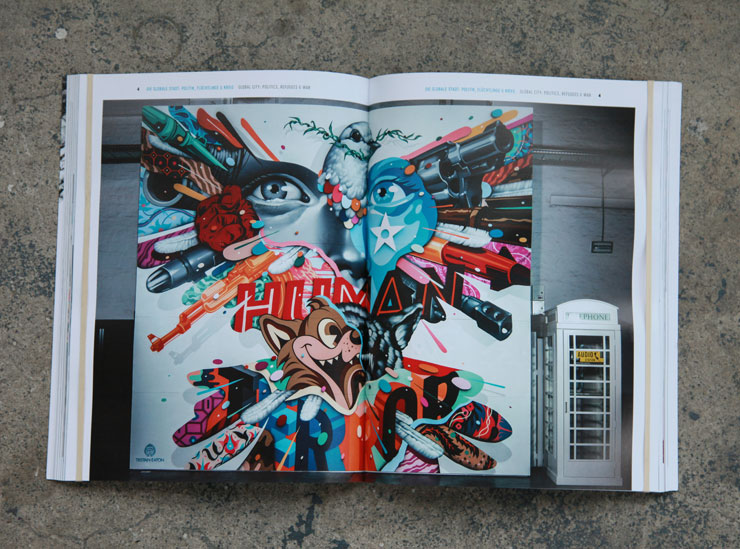
Carlo McCormick. Tristan Eaton. Magic City: The Art Of the Street. From Here To Fame Publishing. Berlin 2017
MAGIC CITY, The Art in the Streets, curated by Carlo McCormick, co-curated by Ethel Seno, features the work of: AIKO, AKRylonumérik, Andy K, Asbestos, Benuz, Jens Besser, Biancoshock, Mark Bode, Bordalo II, Ori Carino & Benjamin Armas, Henry Chalfant, Martha Cooper, Isaac Cordal, Daze, Brad Downey, Tristan Eaton, Ron English, Shepard Fairey , FINO’91, Ganzeer, Anders Gjennestad, Ben Heine, HERAKUT, Icy & Sot, Leon Keer, Loomit, MadC, OAKOAK, Odeith, OLEK , Qi Xinghua, Replete, ROA, Jaime Rojo, Skewville, SpY, Truly, Juandres Vera, WENU, Dan Witz, Yok & Sheryo and Ernest Zacharevic.
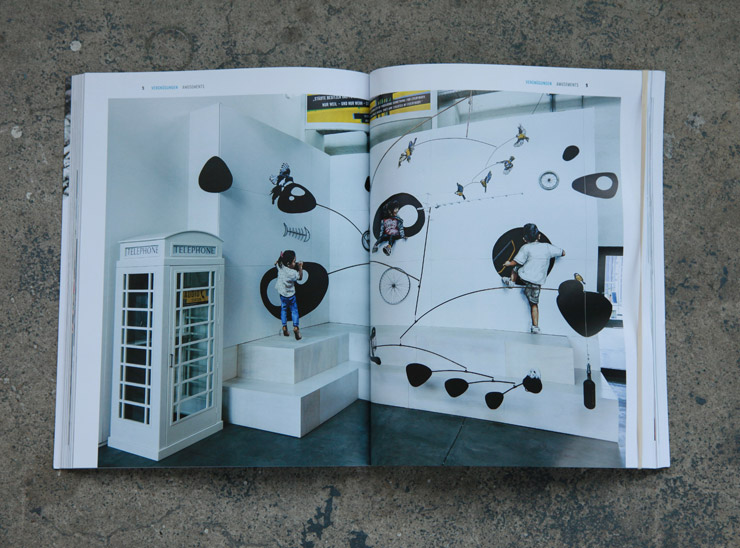
Carlo McCormick. Ernest Zacharevick. Magic City: The Art Of the Street. From Here To Fame Publishing. Berlin 2017
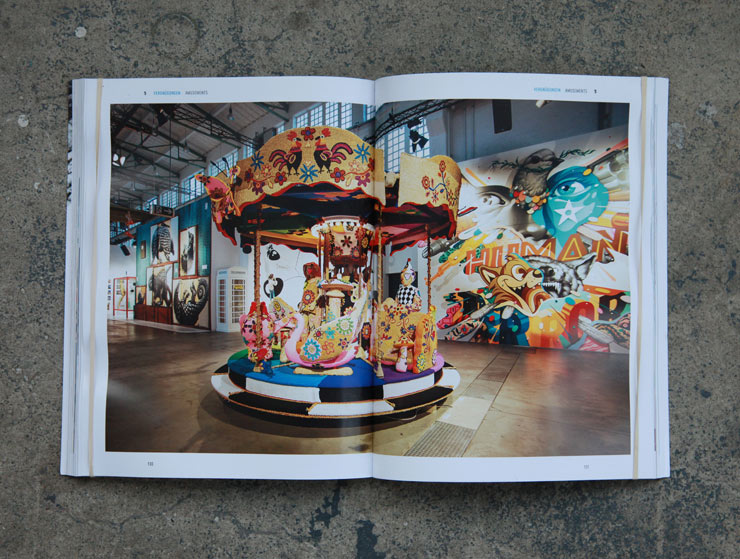
Carlo McCormick. Olek. Magic City: The Art Of the Street. From Here To Fame Publishing. Berlin 2017
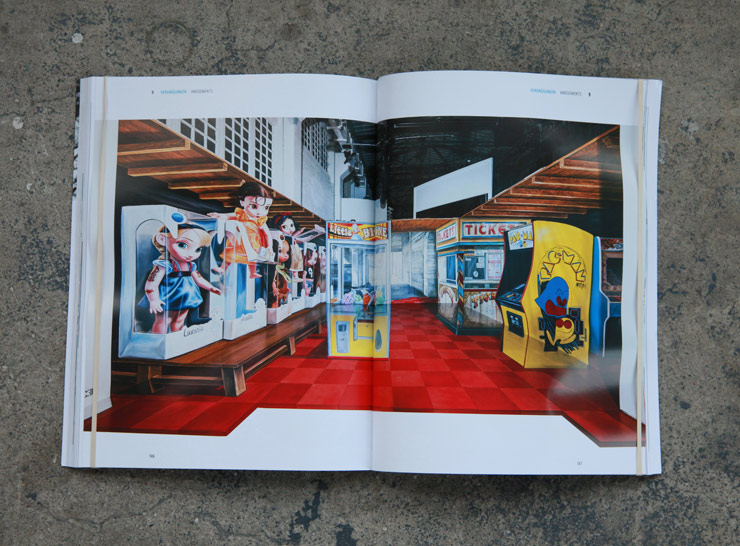
Carlo McCormick. Leon Keer. Magic City: The Art Of the Street. From Here To Fame Publishing. Berlin 2017
Photos of all the catalogue plates by Jaime Rojo
Novalis quote stolen from essay by Mr. McCormick.
Magic City: The Art Of The Street by Carlo McCormick was published by From Here To Fame Publishing, Berlin 2017. Produced by SC Exhibitions
 BROOKLYN STREET ART LOVES YOU MORE EVERY DAY
BROOKLYN STREET ART LOVES YOU MORE EVERY DAY
